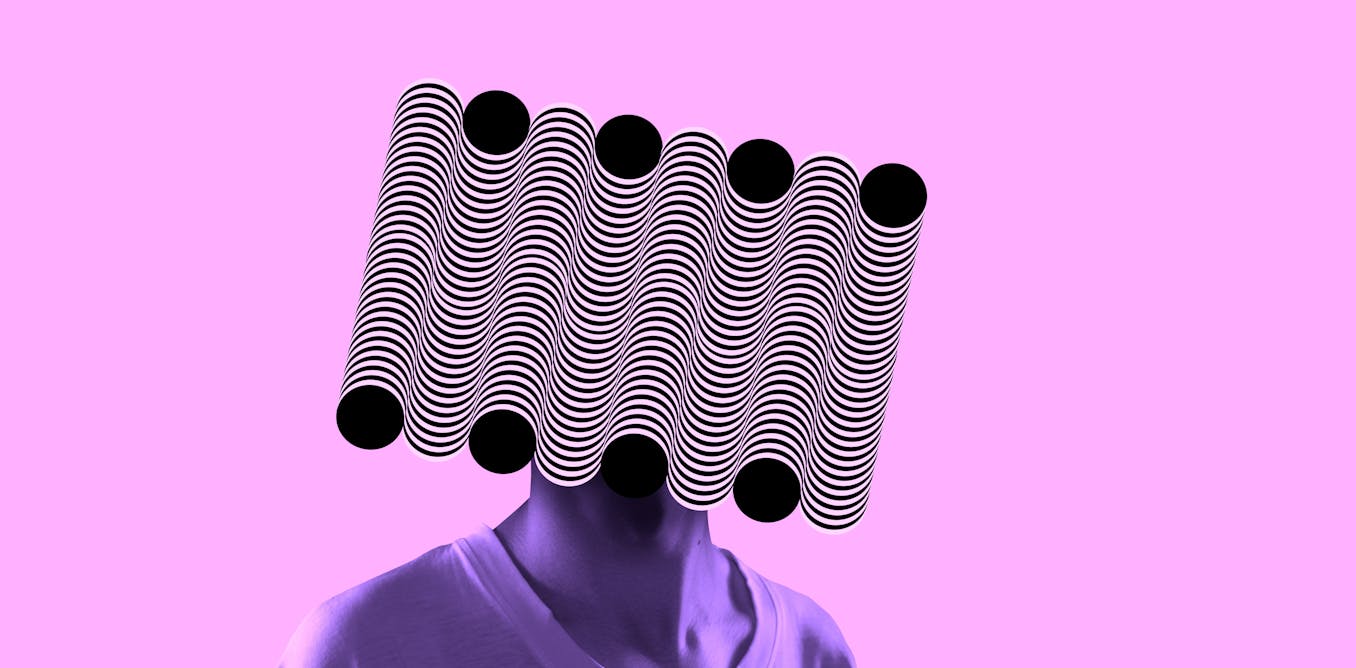- cross-posted to:
- technology@lemmy.world
- cross-posted to:
- technology@lemmy.world
TLDR: NO
Sometimes you find the most unqualified journalists
Yeah, I don’t even need to read this to smell the garbage. AI + Quantum, and put together in a way that doesn’t make sense. Does it have crystals too?
Does it have crystals too?
Probably, it’s a common oscillator circuit for the clock signal.
I guess, haha. A quantum circuit is going to use something else (Josephson junction or laser), though, so even there it’s just in an auxiliary component. Except not, because this thing doesn’t sound real, at least as advertised.
Quantum, AI, Lasers, and Crystals
Bingo!
For emulating human vision, it could be, yes.
What a stupid piece. You don’t need anything quantum to recognize optical illusions. An optical illusion as they talk about it means that an image could be recognized as two things. This can be done by just adding some noise to the image. Sometimes it gets recognized as one thing and sometimes like another, just like humans would.
Did you actually read the article? The designers of this vision model used a software trick (inspired by the concept of quantum tunneling that has nothing to do with quantum computing) to allow inputs to bypass hidden layers at random, resulting in results that were able to see certain optical illusions in a way that other vision models cannot.
This can be done by just adding some noise to the image. Sometimes it gets recognized as one thing and sometimes like another, just like humans would.
Word soup by someone who knows way less than these researchers.
see certain optical illusions in a way that other vision models cannot.
eh… but not in a way that is really like what humans see. which is the articles claim, but it makes a clasically cs approach to nuerology: zero effort to prove the quite substantial claim.
Word soup
that is most certainly not word soup. it’s also an accurate statement, though uncharitable to the authors claims.
Also, the detail in description of their “quantum” inspiration (an effect not unique to quantum mechanics in fact, at that level of description) reads like they skimmed wikipedia’s intro to xyz topic, whether or not the author understands the topics more deeply.





